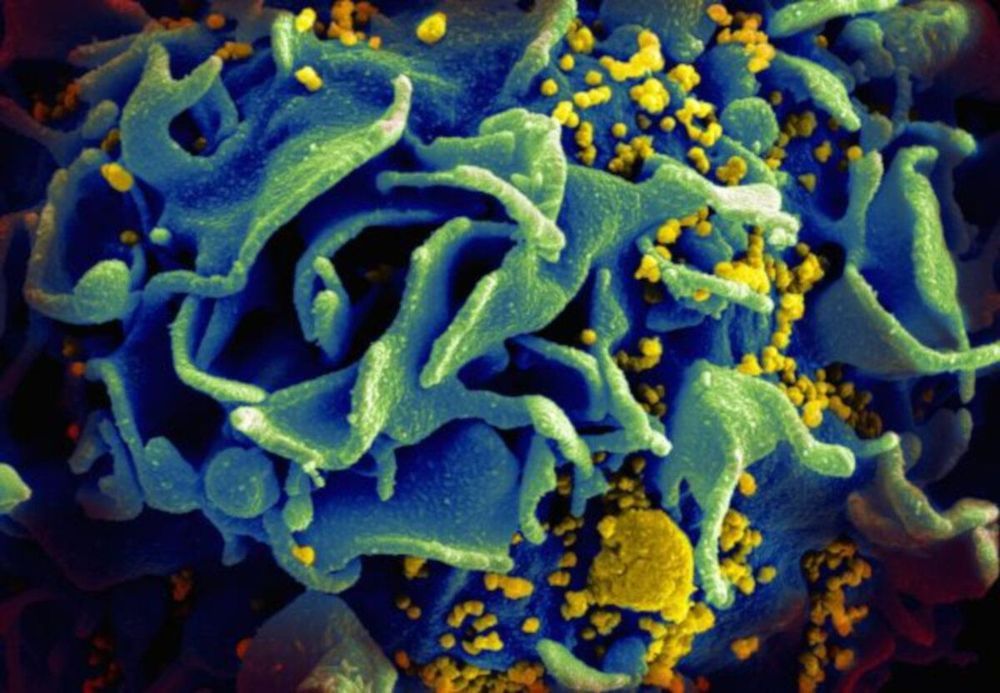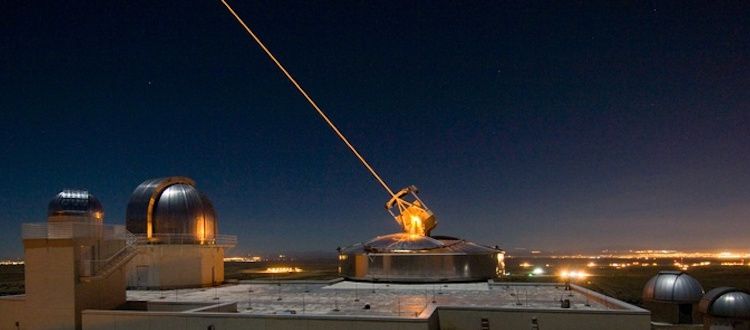By Valentina Lagomarsino figures by Sean Wilson
Nearly four months ago, Chinese researcher He Jiankui announced that he had edited the genes of twin babies with CRISPR. CRISPR, also known as CRISPR/Cas9, can be thought of as “genetic scissors” that can be programmed to edit DNA in any cell. Last year, scientists used CRISPR to cure dogs of Duchenne muscular dystrophy. This was a huge step forward for gene therapies, as the potential of CRISPR to treat otherwise incurable diseases seemed possible. However, a global community of scientists believe it is premature to use CRISPR in human babies because of inadequate scientific review and a lack of international consensus regarding the ethics of when and how this technology should be used.
Early regulation of gene-editing technology.






